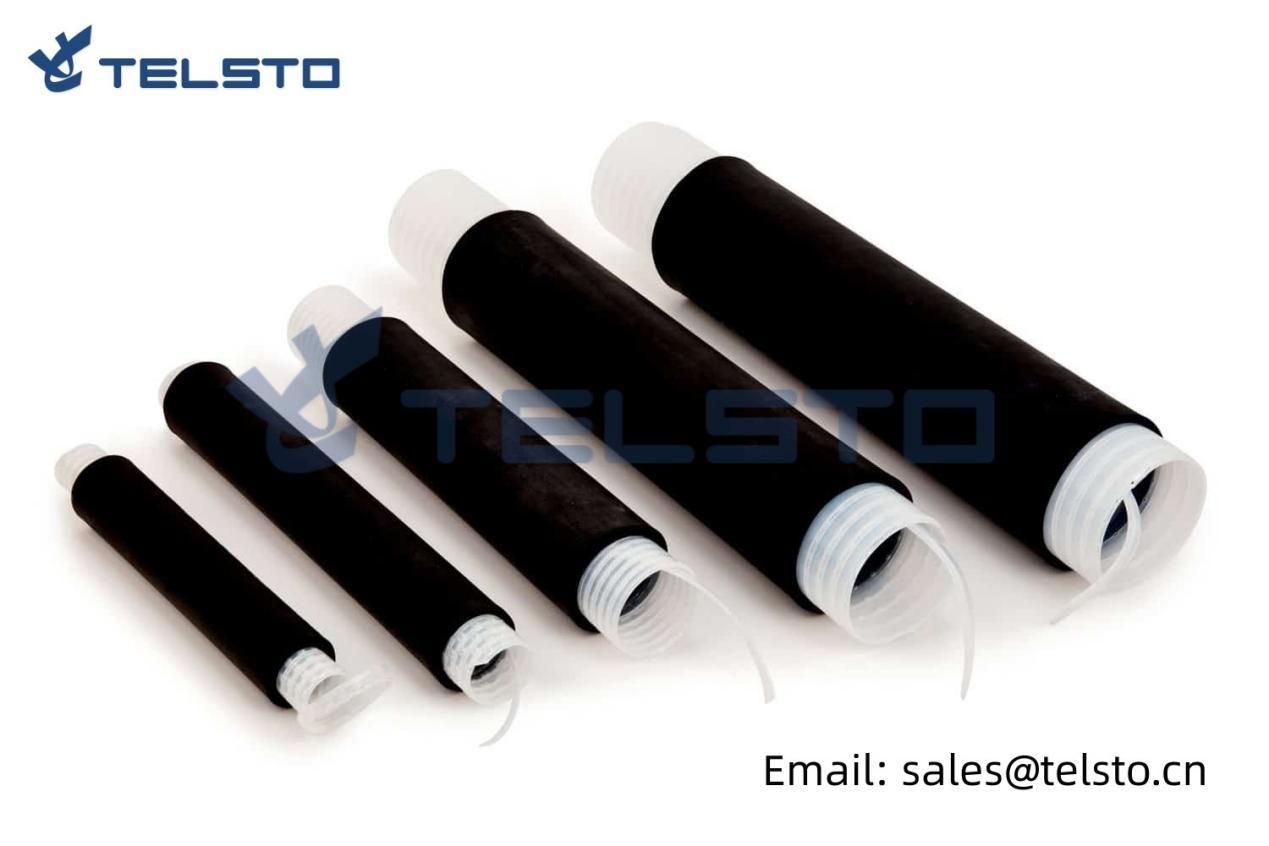The stride of technological innovations runs deep into every area of human life, including material engineering. One product that has received an increasing amount of attention in recent years is the cold shrink tube. Arising as an indispensable tool in telecommunication and electrical industries, cold shrink tubes discretely assume a critical role in the overall conductive systems.
So, What Is a Cold Shrink Tube?
A cold shrink tube, also referred to as a cold shrink tubing, is a flexible, pre-stretched, tubular rubber sleeve designed to retract and adapt to the size of an underlying material upon application. Unlike heat shrink tubing that requires heat to contract, cold shrink tubes regain their original, smaller shape by mere release of a supportive coil, thereby creating a snug fit over the area of application without using any heat source.
How Does It Work?
The cold shrink tube installation is a simple process. Firstly, the tube is expanded and placed over the component that needs insulating or sealing. Then, the inner plastic spiral or core, which was holding the tube in its expanded state, is manually removed. This triggers the tube to constrict and tightly adapt to the shape and size of the component. This mechanism helps create a waterproof, durable, and air-tight seal.
Applications of Cold Shrink Tubes
Cold shrink tubes are extensively used across a wide range of applications. They are utilized in electrical and telecommunication industries to insulate wires, cables, splices, and joints, protecting them from environmental influences such as moisture, dust, and salt. Moreover, they are excellent for providing strain relief for cable connections, reducing the potential for damage due to physical stress.
Cold Shrink Tubes VS Heat Shrink Tubes
In contrast to heat shrink tubes, which require a heat source like a heat gun to shrink and settle onto the joint or cable, cold shrink tubes can be installed without any additional tools. This greatly minimizes the risk of thermal damages during installation and makes them safer and more convenient for use in sensitive or hard-to-reach areas.
Furthermore, the rubber-based materials of cold shrink tubes offer superior flexibility, excellent adhesion, and strong resistance to chemicals, UV-light, and abrasion, providing a long-lasting and reliable seal.
Conclusion
As technological advancements continue to influence our daily lives, products like cold shrink tubes prove how these innovations can solve unique challenges. Providing electrical insulation and mechanical protection with uncompromising safety and convenience, cold shrink tubes have showcased their effectiveness across multiple sectors, promising to continue their indispensable case for many years to come.
Post time: Aug-11-2023


